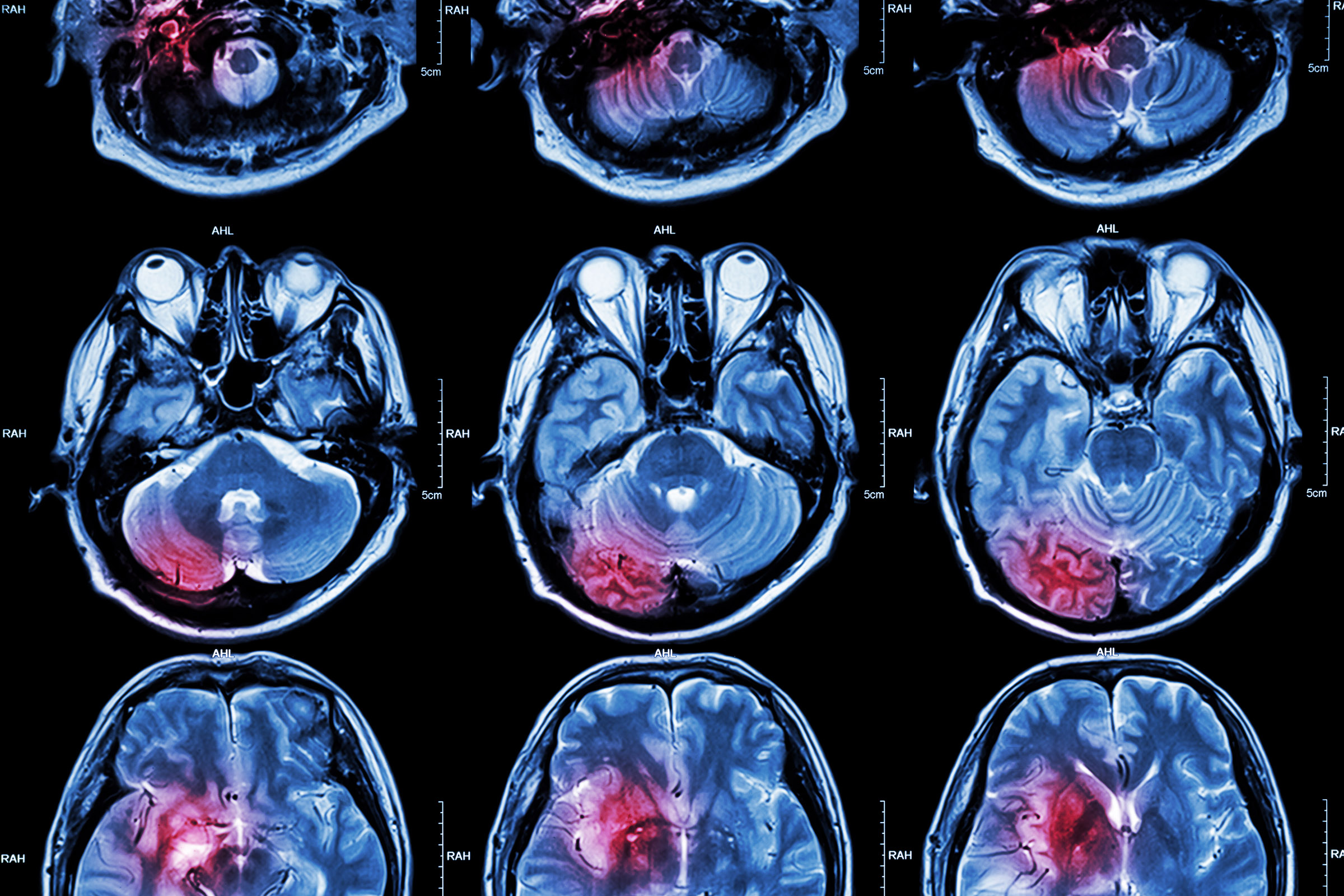Most times, researchers spend most of their attention on the gray matter of the brain. However, the white matter, which is the half of the brain is actually made of interconnecting material. Now, a new study has highlighted something that may have more scientists scrambling to research the white matter, as researchers have discovered brain signals in that part of the brain.
The mysterious signals caught scientists off guard because most of the nerve cell bodies for the brain are found within gray matter. As such, the white matter mostly consists of structures called axons, which connect brain cells together with the rest of the body. In the new study, researchers looked closer at how signals traveled through the white matter when test subjects carried out different tasks.
White matter signals are exceptionally difficult to spot, so they’re usually discarded or ignored in fMRI scans. To avoid missing them, the researchers had the test subjects complete the different tasks in a specific order, allowing them to build up a trend and set a pattern they could more easily measure. This allowed them to observe the white matter brain signals more clearly.

While completing the patterns of tasks, the researchers noticed that test subjects’ brains saw a clear increase in blood oxygenation-level dependent (BOLD) signals within the white matter. However, they aren’t sure what caused it. We know that BOLD signals increasing in gray matter means more blood flow and oxygenation in the brain, but is it the same for white matter cells, too?
The researchers aren’t clear whether these BOLD signals in the white matter of the brain are tied to increased oxygen use in the brain, or if it could somehow be linked to gray matter activity instead. Further, the signal seems to change somewhat depending on which pathways it takes, making this a very unique finding.
A paper on the research is currently available in PNAS, and the researchers hope that further understanding of these white matter brain signals will help us combat health issues such as Alzheimer’s disease, epilepsy, and more. Previously, scientists have even gone so far as to identify the brain cells that make us unique, so hopefully, this is another puzzle they’ll be able to solve, too.








